1. Sonata: I. Allegro risoluto
Composer: Rudi Tas
Artist(s): Stefan De Schepper, Peter Verhoyen
2. Sonata: II. Lento assai
Composer: Rudi Tas
Artist(s): Stefan De Schepper, Peter Verhoyen
3. Sonata: III. Allegro energico
Composer: Rudi Tas
Artist(s): Stefan De Schepper, Peter Verhoyen
4. Transitions: I. Allegretto
Composer: Michel Lysight
Artist(s): Stefan De Schepper, Peter Verhoyen, Nele Tiebout
5. Transitions: II. Largo
Composer: Michel Lysight
Artist(s): Stefan De Schepper, Peter Verhoyen, Nele Tiebout
6. Transitions: III. Molto liberamente. Allegretto
Composer: Michel Lysight
Artist(s): Stefan De Schepper, Peter Verhoyen, Nele Tiebout
7. ‘Dame Ne Regardes Pas’, Variations on a Theme of Guillaume De Machaut
Composer: Erik Desimpelaere
Artist(s): Peter Verhoyen, Benoît Viratelle
8. Gishora
Composer: Wim Henderickx
Artist(s): Peter Verhoyen, Pieterjan Vranckx
9. Patchwork
Composer: Jeroen D’Hoe
Artist(s): Peter Verhoyen, Sylvie Erauw
10. Sonatina Piccola: I. Ballata malinconica
Composer: Jan Van der Roost
Artist(s): Stefan De Schepper, Peter Verhoyen
11. Sonatina Piccola: II. Pagoda pentatonica
Composer: Jan Van der Roost
Artist(s): Stefan De Schepper, Peter Verhoyen
12. Sonatina Piccola: III. Finale frizzante
Composer: Jan Van der Roost
Artist(s): Stefan De Schepper, Peter Verhoyen

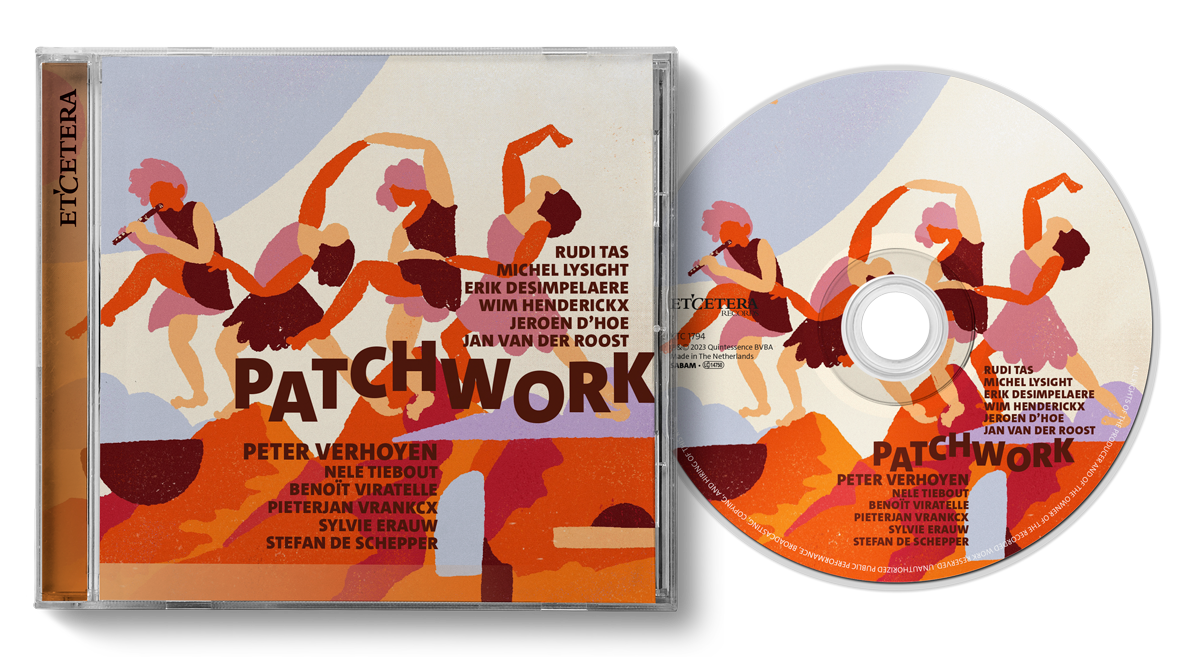
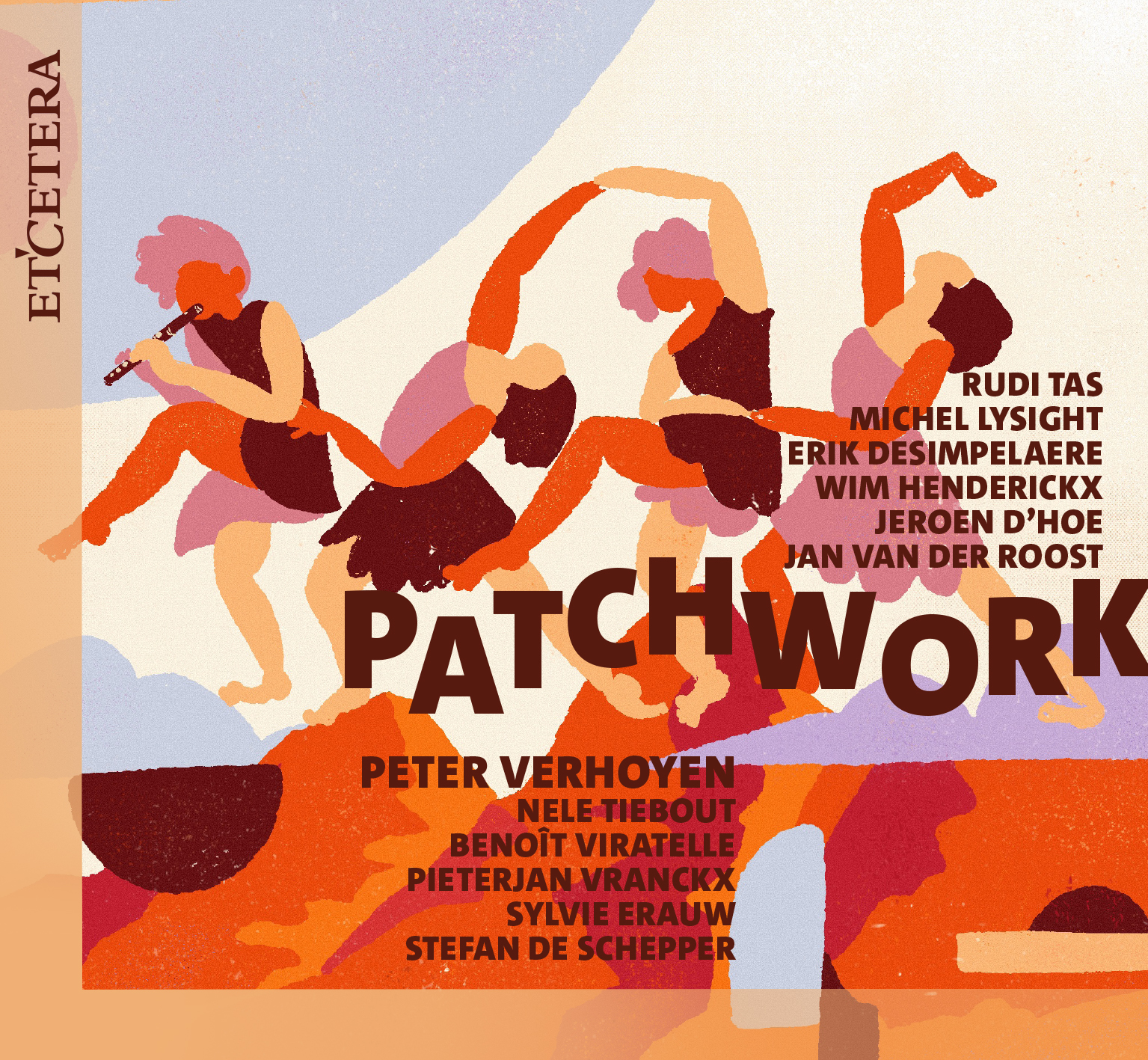
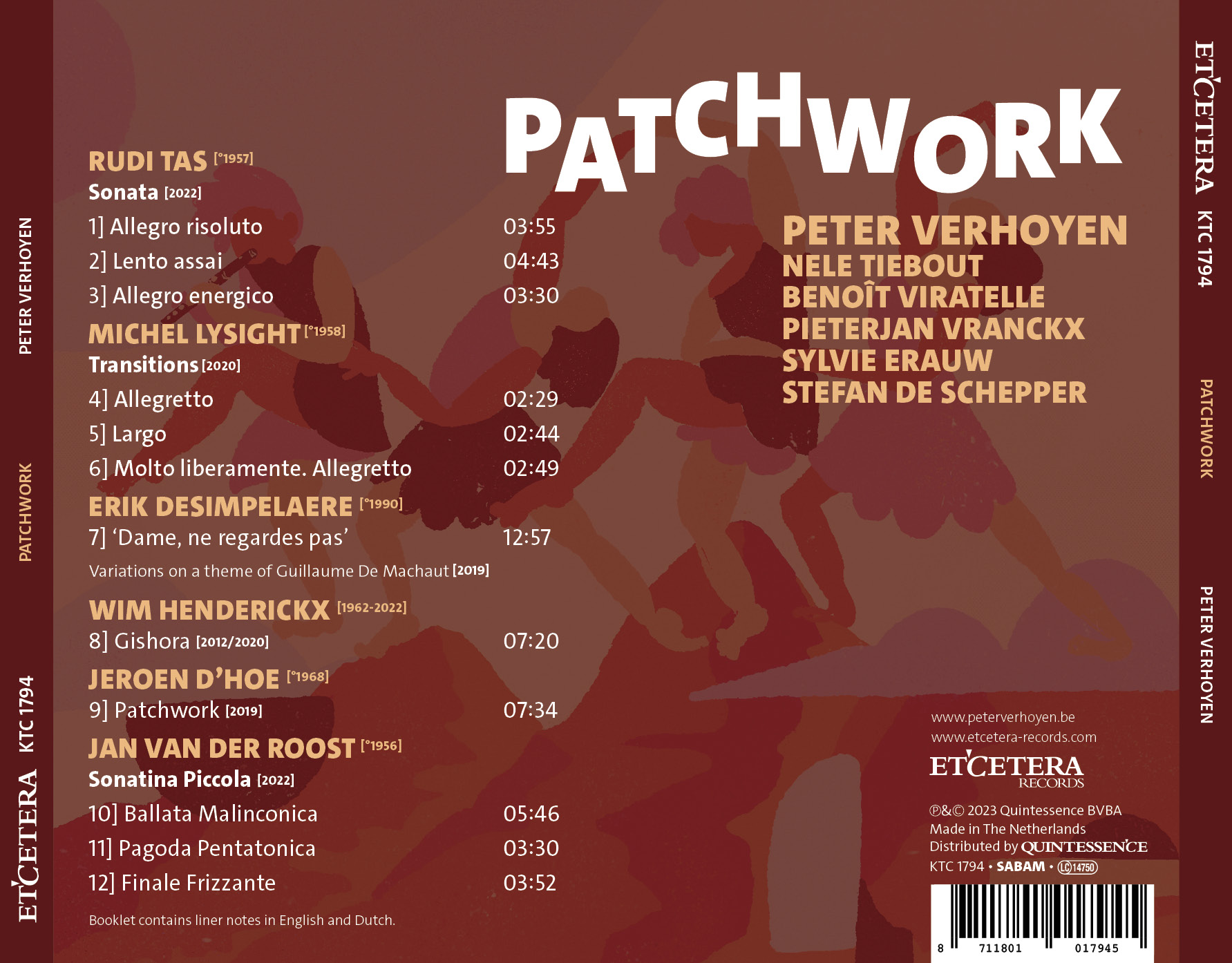

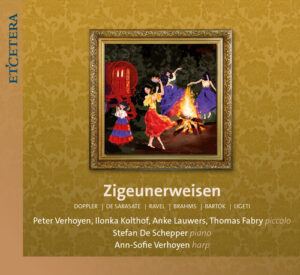
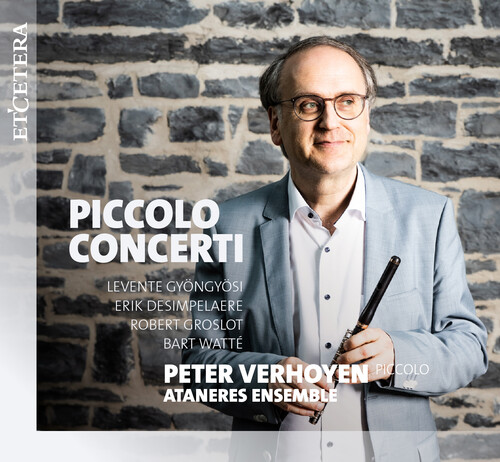
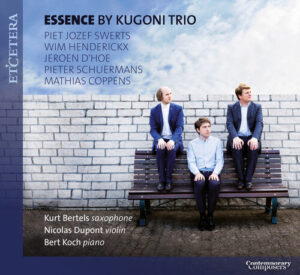
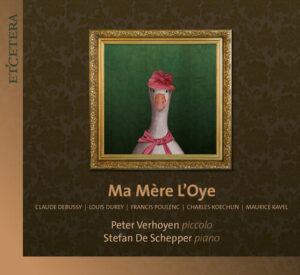

Reviews
There are no reviews yet.